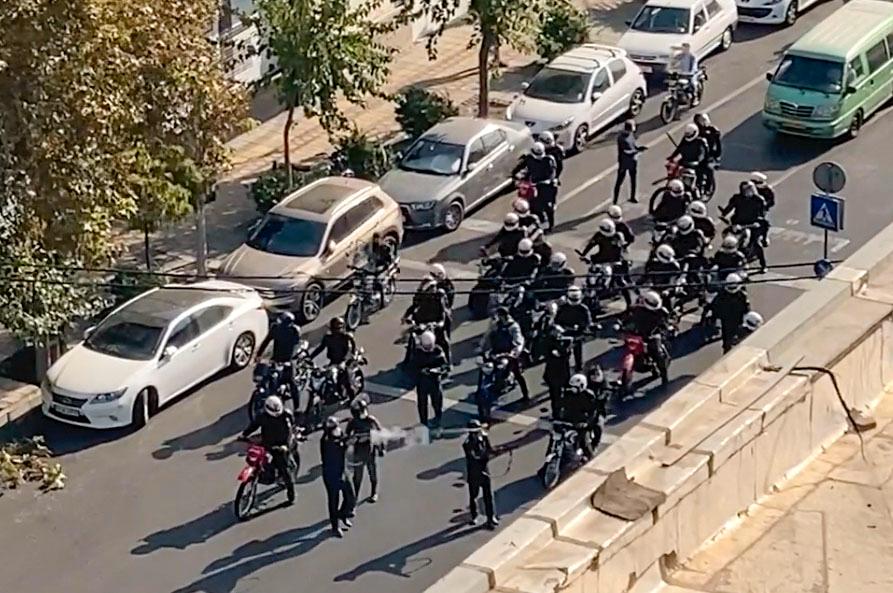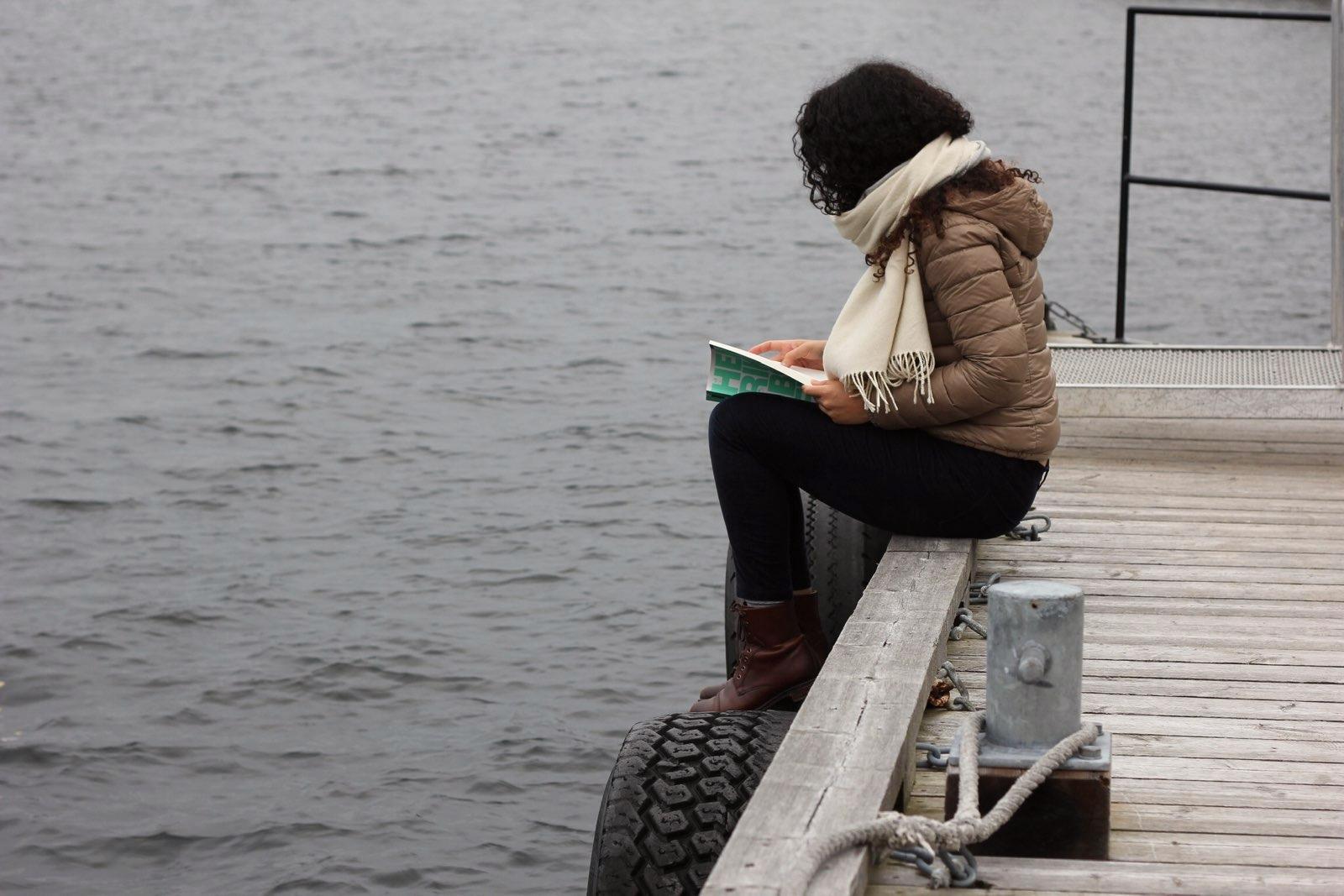
Beirut/Oslo (VG) The mass demonstrations in Iran do not seem to stop, despite the regime’s use of violence. A protester tells VG about the fear, the bloody battles, and what might happen in the future.
On Wednesday this week, protesters dressed in black mourning took to the streets of towns and villages across Iran.
It’s been 40 days since 22-year-old Masha Amini died after she was arrested by the country’s horrific morality police – and anger in Iranian cities has grown with each passing week.
One protester who chose to demonstrate despite the obvious danger was 39-year-old Ms Hare.
– All generations walked, there were grandmothers, mothers, and sometimes whole families. Women with headscarves and without headscarves, she writes in a letter to VG.

As they walked, a group of policemen entered from a side street. They were armed with paintball guns which they used to identify and later identify the protesters.
She said they started shooting at them. Then the women started running.
VG has recently been in contact with many Iranians inside the country, but most of them fear the consequences of speaking to foreign journalists. Many of them say they want to share information, but don’t dare.
At the same time, the Internet is often shut down, and national or international journalists cannot write freely from the country’s streets.
Much of the information that is leaked through social media is published, filmed and photographed by the protesters themselves.
It is now believed that several hundred protesters were killed in the protests, yet people are taking to the streets every day.
Get a “sense of courage”
One of the videos shared frequently in the past 24 hours shows protesters running towards a group of police officers in Tehran without fear for their lives and trying to seize the police officer’s weapon.
VG check out the Farvardin Street video site in the capital. Such scenes of the civil struggle against the security forces, a short time ago, were unthinkable to see in Iran:
-This isn’t a movement that happened overnight, Hare tells VG.
She is just one of the tens of thousands of people who took part in the historically large-scale popular uprising in the past few weeks.
The 39-year-old woman has participated in several demonstrations in Tehran. You talk to VG on an encrypted app. Heer is a nickname she uses, but VG knows her true identity.

At the demonstrations, she and the other women had one message, saying: “Woman, life, freedom!”.
– We fight for our basic rights, for the freedom to wear what we want.
The demonstrations were met with violence. The Iranian regime has severely cracked down on the protesters. Women and men were beaten, killed and tear gassed.
– It is very scary, you say, to pretend under a totalitarian regime.
Not wearing a headscarf on the streets of Tehran can be very scary. But there is also a sense of courage, and that gives me confidence. You write that the heart is pumping like hell.
She wants to continue the fight, although she is afraid that she will be caught.
She told her family that she would rather be killed in the streets than end up in an Iranian prison.
Violence can increase the will to resist
Professor Marianne Havenor Boye at the University of Stavanger has been following Iran closely.
It is clear to her that the demonstrations are now continuing in full force until the sixth week.
– At the same time, we see that the authorities are now cracking down on protesters more forcefully. This is a well-known way for the regime to respond and they have previously succeeded in stopping waves of protest through violence.
Havenor Boy believes the next few days and the next week will be crucial.
It’s hard to guess, because it may be that the regime’s use of violence increases people’s will to resist, she says.
Hare, with whom VG writes letters, did not lose his will to resist.
She hopes that the demonstrations can actually make a difference, despite the fact that most of the demonstrations and other insurgents in Iran have been severely suppressed in the country.
– This is the first time the world has heard of us, she writes.

“Organizer. Social media geek. General communicator. Bacon scholar. Proud pop culture trailblazer.”

